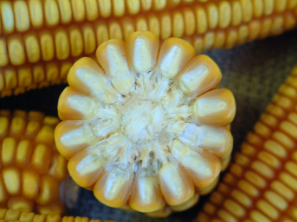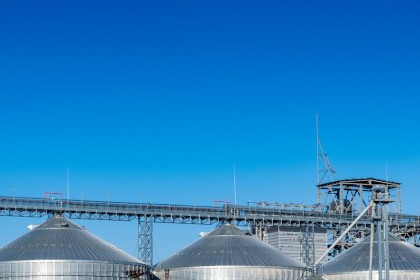
Staple Foods: Link Seed's Maize
Staple foods differ across the world although they all have certain things in common. They are inexpensive and contain one or more of the three micronutrients people require. Most staple foods contain the following micronutrients: carbohydrates, proteins and fats. It helps if these foods are non-perishable so that prolonged storage during dry seasons does not lead to spoiling.
Maize
Maize contains carbohydrates and protein. It is easy to cultivate in a number of climates and can adapt to almost any conditions. Maize is the number one staple in the world because it can be used in various applications whereby it is refined to create something else. It is estimated to be responsible for providing an estimated 15 per cent of the world’s protein and up to 20 per cent of the world’s calories. It can be boiled, eaten whole, dried, popped or even refined by milling to create mieliepap or corn cereals like corn flakes.
Maize in South Africa
In South Africa, pap is used as the basis of most meals and as a way of adding substance to vegetables and meat as these products are sometimes scarce or unaffordable throughout the year. Maize is the country’s staple diet and it is even used to feed livestock and chickens. Our agricultural basis is in maize which makes its sustainability of the utmost importance.
The Importance of Research for Sustainable Staples
Man, however, cannot survive on maize alone. Farming in South Africa is taking steps to streamline the maize growing process. This is why research and development in agriculture are crucial to the health and prosperity of communities. At Link Seed, one of the leading seed companies in South Africa, they are dedicated to using cutting-edge technology, biotechnological genetic processes and state-of-the-art equipment to increase agronomic yields that form the basis of research challenges.
The focus is to create environmental awareness and to preserve the environment in an effort to improve plant production. Cultivating a seed that will produce a more nutritional grain is the goal. This would mean that people get more nutritional value from their meals and in this way, societies are sustained.












